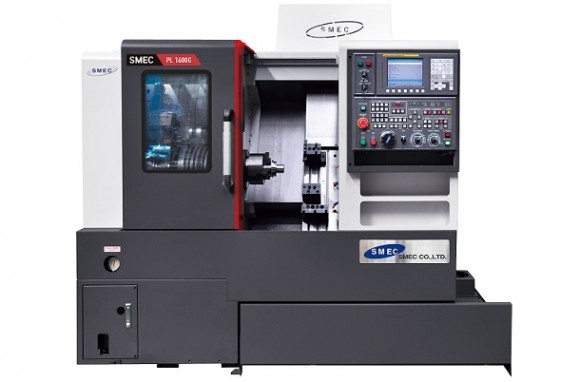5 Things You Should Know About Turning Center Machines

5 Things You Should Know About Turning Center Machines
Turning center machines are an essential part of modern machining, widely used across various industries such as automotive, aerospace, medical, and more. These CNC machines offer precision, versatility, and efficiency, making them invaluable in manufacturing environments. If you're new to the world of CNC machining or considering investing in a turning center, here are five key things you should know about these powerful machines.
1. What is a Turning Center?
A turning center is a type of advanced CNC machine that specializes in machining cylindrical parts. Unlike traditional lathes, which typically only perform turning operations, turning centers are more versatile. They combine turning with other processes like drilling, milling, tapping, and even boring—all within a single machine setup. This flexibility is why turning centers are so popular in complex machining tasks where high precision and efficiency are critical.
Turning centers typically feature multiple axes (usually 3, 4, or 5-axis configurations), enabling the machine to manipulate tools in various directions to create more intricate and detailed shapes.
2. They Offer Exceptional Precision
One of the main advantages of turning center machines is their ability to achieve high precision and tight tolerances. Whether you are producing a small part for medical devices or a large component for aerospace applications, turning centers can consistently maintain extremely tight dimensional accuracy.
Advanced CNC controls and feedback systems ensure that each cut is executed to the exact specifications required. This level of precision is especially important for industries that demand high-quality parts, such as automotive, aerospace, and defense.
3. Versatility Saves Time and Money
Turning centers are extremely versatile, capable of performing a wide range of machining operations in a single setup. With live tooling and multi-axis capabilities, turning centers can perform tasks such as turning, milling, drilling, and threading without the need to move the part between multiple machines. This greatly reduces machine downtime and setup time, resulting in more efficient production.
By consolidating multiple operations into one machine, turning centers not only improve workflow but also help reduce labor and transportation costs. This is particularly beneficial in high-volume production runs where time and cost savings are crucial.
4. They Are Ideal for Complex Geometries
Turning centers are particularly effective when machining complex geometries that require multiple operations. Thanks to their multi-axis movement, these machines can handle intricate shapes and precise contours, such as those found in aerospace or medical components.
For example, in the aerospace industry, where parts often have complex features and need to meet strict tolerance standards, a turning center’s ability to perform multiple operations in a single setup can significantly improve both quality and productivity.
5. Automation Features Enhance Productivity
Modern turning centers are often equipped with automation features like automatic tool changers, robotic arms, and unmanned operation capabilities. These enhancements allow the machine to run continuously, often without human intervention. This is especially useful in high-volume production runs or when working with parts that require little manual supervision.
By integrating automation into the workflow, manufacturers can achieve higher throughput, reduced labor costs, and minimized risk of human error. In addition, many turning centers come with live tooling options, enabling operators to switch between tools automatically without interrupting the machining process.
Conclusion: Why Turning Centers Are a Game Changer for Modern Manufacturing
Turning center machines are indispensable in today’s high-precision, high-efficiency manufacturing environments. Offering versatility, automation, and outstanding precision, these machines are capable of producing high-quality parts with minimal downtime. Whether you are looking to produce complex, intricate components or increase production efficiency, investing in a turning center can help take your manufacturing process to the next level.
Have you worked with turning centers before? What do you think about their role in the future of manufacturing? Share your thoughts and experiences in the comments below!
